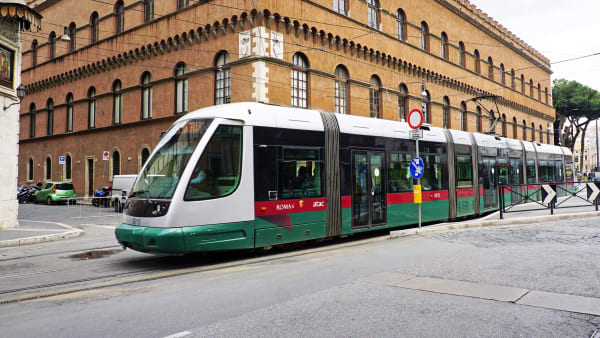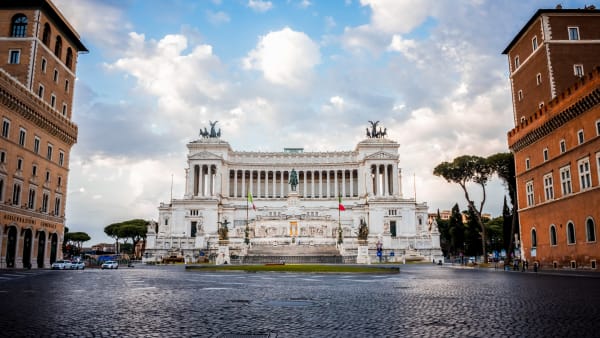Lines
Lines
Rome has three metro lines, which are distributed in the shape of an “X” with a couple of ramifications.
The lines of greatest interest are A and B, as they cover most of the tourist areas. Line C connects to the eastern suburbs of Rome and is mainly used by residents.
Line A (orange)
Line A is the most popular one for tourists. It crosses Rome diagonally from the suburbs in the southeast to the Cornelia area in the northwest, passing several hotspots.
The trains operating on this line are relatively modern. They have a frequency of approximately three minutes from Monday to Friday and five minutes on weekends.
Some interesting stops on this line are:
| Station |
|---|
| Details |
| Station | Ottaviano | Cipro | Spagna | Barberini | Termini | Cinecittà | Anagnina |
|---|---|---|---|---|---|---|---|
| Details | It’s a 10-minute walk from St. Peter’s Basilica and a 15-minute walk from Castel Sant’Angelo. | It’s located within a 5-minute walk from the Vatican Museums and the Sistine Chapel. | It’s useful to visit Piazza di Spagna and it’s also close to Villa Borghese. | This station is situated less than a 10-minute walk from the Trevi fountain. | It’s useful to connect with line B, city buses and long-distance trains. | From this station, you can take a city bus to reach Ciampino airport. | Useful for connections with regional buses and it’s connected to Ciampino airport by an ATRAL bus. |
Lines B and B1 (blue)
Line B is the oldest line in Rome. It was opened in 1955 and still uses trains from that era, which are often covered with graffiti.
This line passes diagonally across Rome from the modern areas of EUR Magliana and Laurentina in the southwest, to the northeast where it has a branch known as B1 (of little tourist interest).
Line B has a frequency of approximately 5 minutes. On weekends, waiting times are doubled.
Some interesting stops on this line are:
| Station |
|---|
| Details |
| Station | Colosseo | Circo Massimo | Termini | Laurentina | Piramide |
|---|---|---|---|---|---|
| Details | It’s next to the Colosseum and a 5-minute walk from the entrance of the Roman Forum. | It’s located approximately 100 m from the entrance of the Circus Maximus. | It’s useful for connections with the A-line, city buses and long-distance trains. | Possibility to catch a city bus to Ciampino airport. | Possibility to get on the FL1 train to Fiumicino airport. |
Line C (green)
Line C is of minimal sightseeing interest. It was partially opened in 2014 and its route is planned to reach the northwest of Rome, passing through the center. However, it’s not clear when the construction will continue.
It currently connects the suburbs in the east of Rome with the San Giovanni station on line A. Its trains are fully automated and the stations are modern. Unless your accommodation is near one of its stations, it’s unlikely that you’ll need to use this line.















